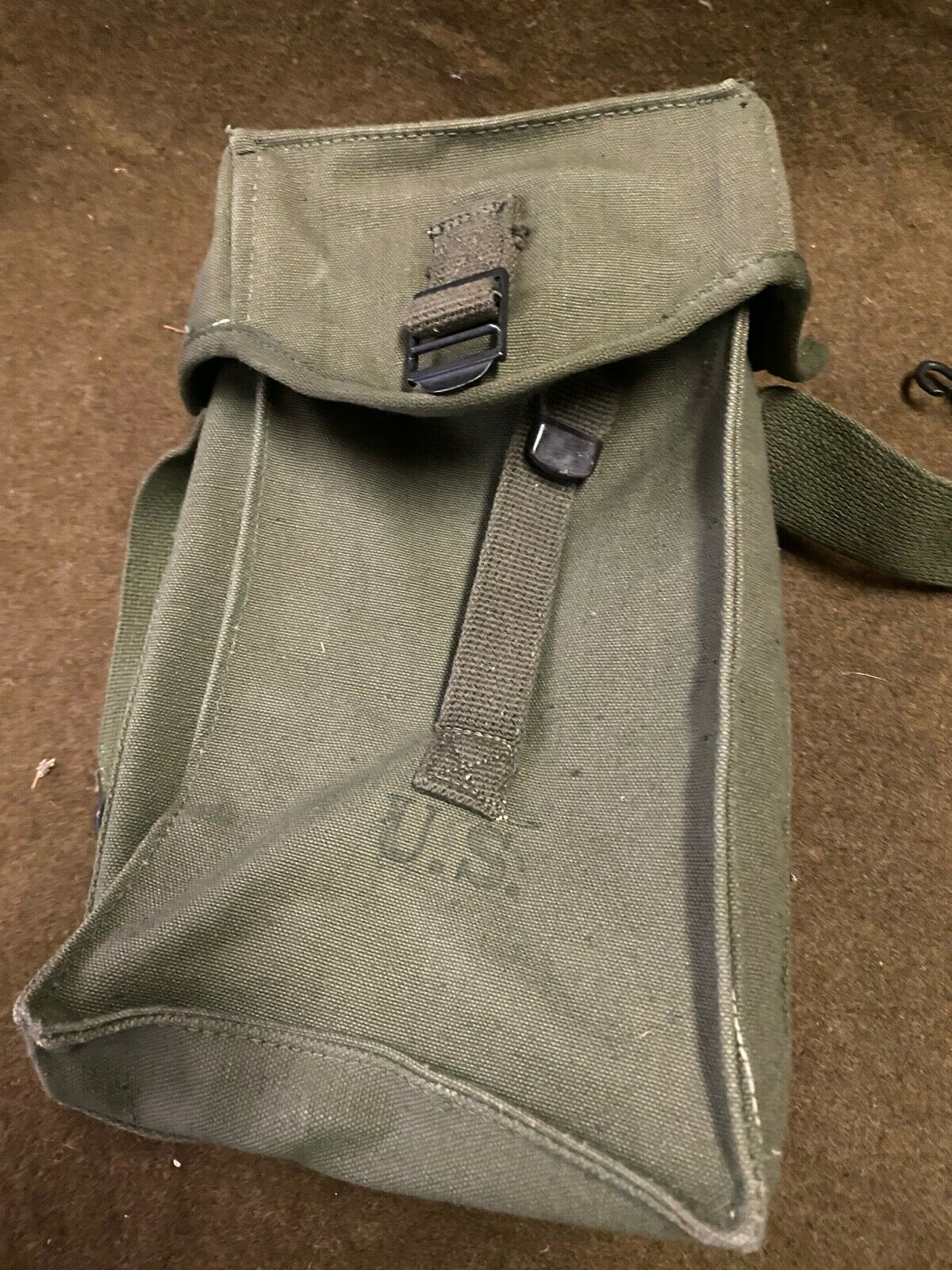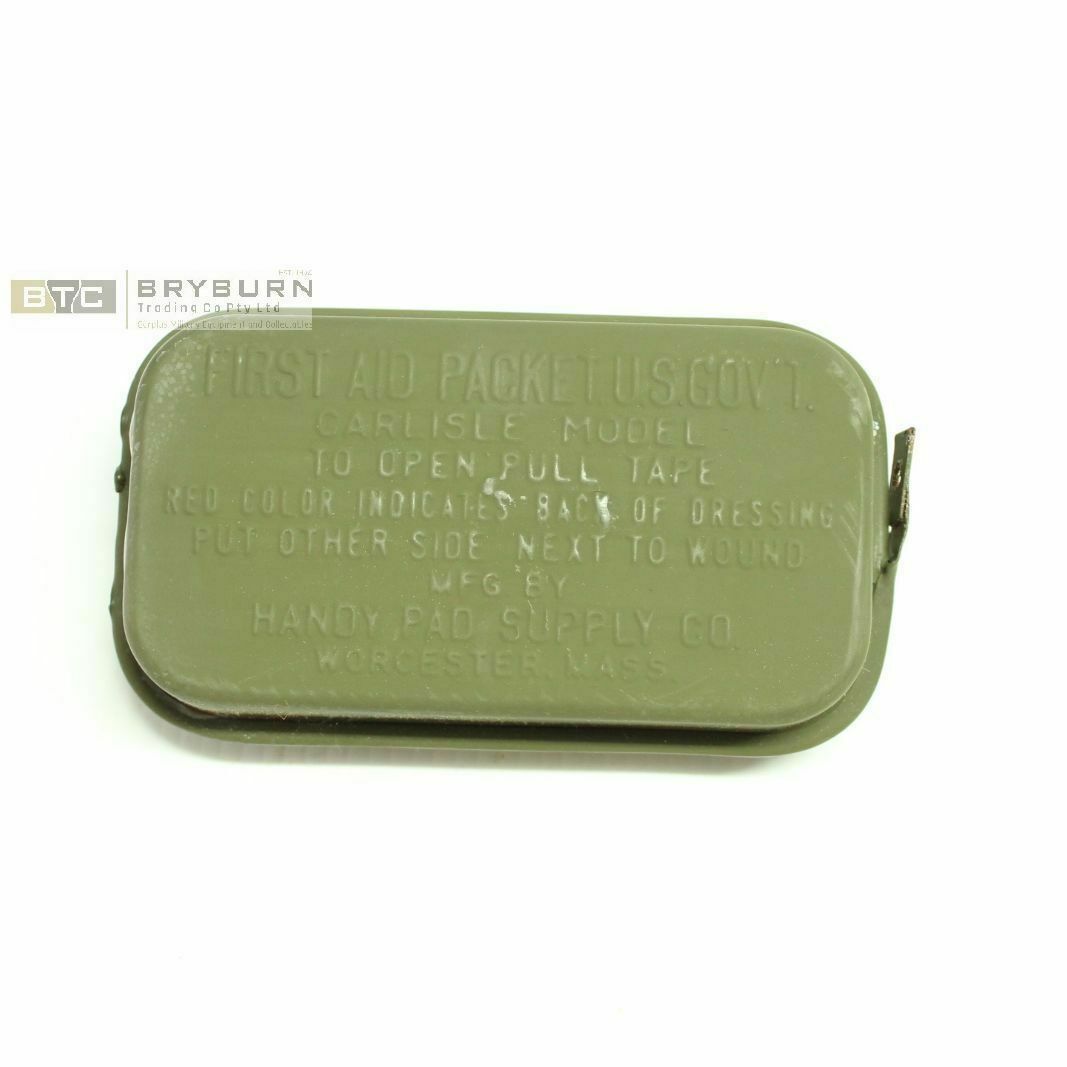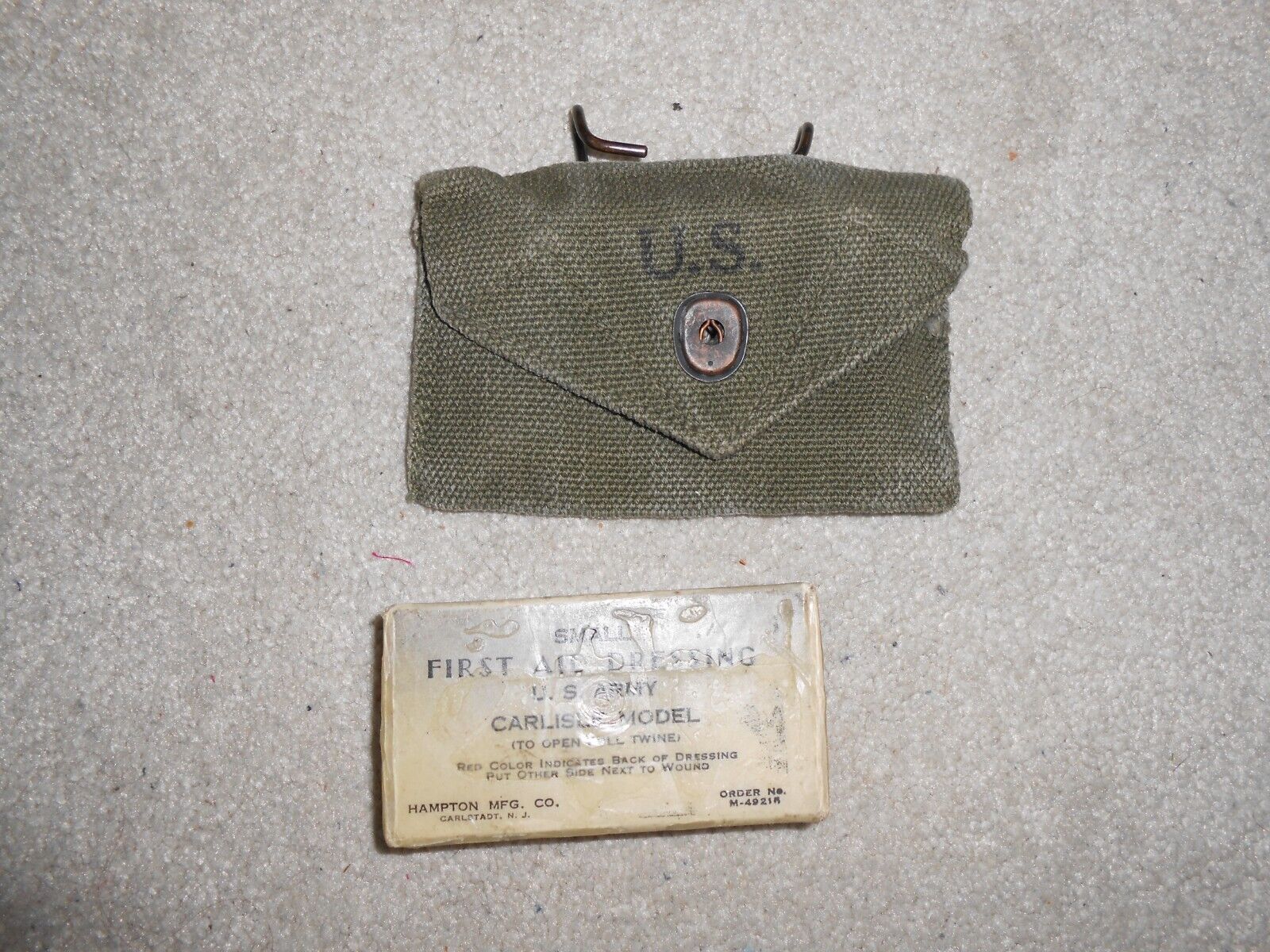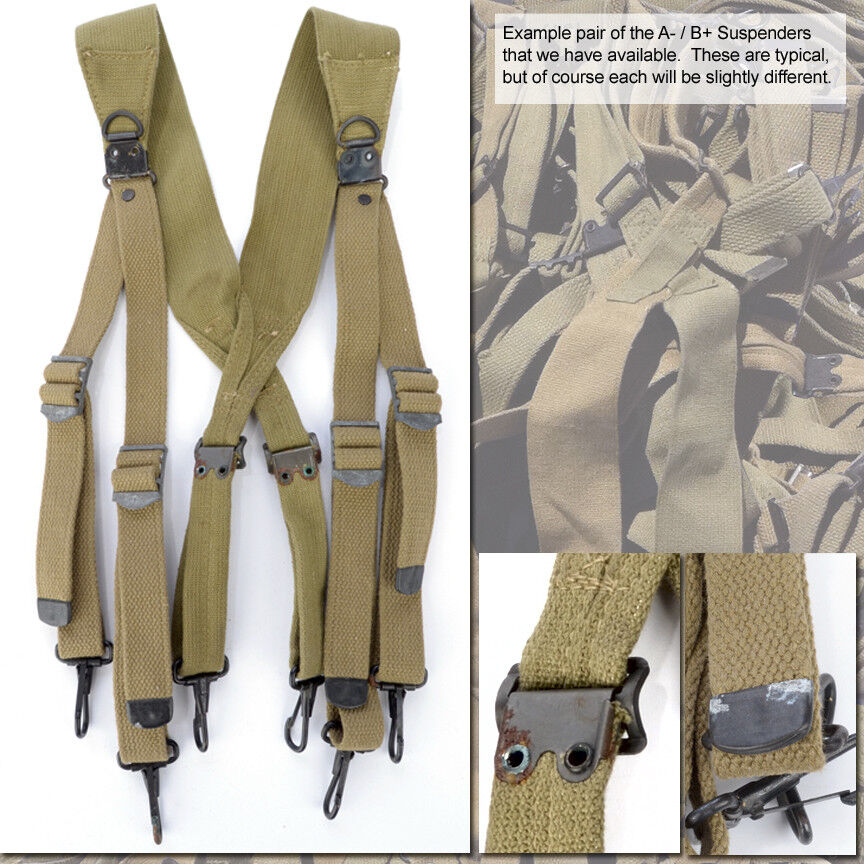-40%
1941 UNCLE SAM Card U. S. Navy Army AIRMAN Gum Inc World War 2 WW2 4 Cards LOT
$ 2.74
- Description
- Size Guide
Description
1941 UNCLE SAM Card U. S. Navy Army AIRMAN Gum Inc World War 2 WW2 4 Card LOT68,69,70,71..you get me all!
World War II
Chinese forces in the Battle of ChangdeAustralian 25-pounder guns during the First Battle of El AlameinGerman Stuka dive bombers on the Eastern Front in December 1943US naval force in the Lingayen GulfWilhelm Keitel signing the German Instrument of SurrenderSoviet troops in the Battle of Stalingrad
Date
1 September 1939 – 2 September 1945[a]
(6 years and 1 day)
Location
Europe, Pacific, Atlantic, Indian Ocean, South-East Asia, China, Japan, Middle East, Mediterranean, North Africa, Horn of Africa, Central Africa, Australia, briefly North and South America
Result
World War II or the Second World War, often abbreviated as WWII or WW2, was a global war that lasted from 1939 to 1945. It involved the vast majority of the world's countries—including all of the great powers—forming two opposing military alliances: the Allies and the Axis powers. In a total war directly involving more than 100 million personnel from more than 30 countries, the major participants threw their entire economic, industrial, and scientific capabilities behind the war effort, blurring the distinction between civilian and military resources. Aircraft played a major role in the conflict, enabling the strategic bombing of population centres and the only two uses of nuclear weapons in war to this day. World War II was by far the deadliest conflict in human history, and resulted in 70 to 85 million fatalities, a majority being civilians. Tens of millions of people died due to genocides (including the Holocaust), starvation, massacres, and disease. In the wake of the Axis defeat, Germany and Japan were occupied, and war crimes tribunals were conducted against German and Japanese leaders.
World War II is generally considered to have begun on 1 September 1939, when Nazi Germany, under Adolf Hitler, invaded Poland. The United Kingdom and France subsequently declared war on Germany on the 3rd. Under the Molotov–Ribbentrop Pact of August 1939, Germany and the Soviet Union had partitioned Poland and marked out their "spheres of influence" across Finland, Romania and the Baltic states. From late 1939 to early 1941, in a series of campaigns and treaties, Germany conquered or controlled much of continental Europe, and formed the Axis alliance with Italy and Japan (along with other countries later on). Following the onset of campaigns in North Africa and East Africa, and the fall of France in mid-1940, the war continued primarily between the European Axis powers and the British Empire, with war in the Balkans, the aerial Battle of Britain, the Blitz of the UK, and the Battle of the Atlantic. On 22 June 1941, Germany led the European Axis powers in an invasion of the Soviet Union, opening the Eastern Front, the largest land theatre of war in history and trapping the Axis powers, crucially the German Wehrmacht, in a war of attrition.
Japan, which aimed to dominate Asia and the Pacific, was at war with the Republic of China by 1937. In December 1941, Japan attacked American and British territories with near-simultaneous offensives against Southeast Asia and the Central Pacific, including an attack on the US fleet at Pearl Harbor which forced the US to declare war against Japan; the European Axis powers declared war on the US in solidarity. Japan soon captured much of the western Pacific, but its advances were halted in 1942 after losing the critical Battle of Midway; later, Germany and Italy were defeated in North Africa and at Stalingrad in the Soviet Union. Key setbacks in 1943—including a series of German defeats on the Eastern Front, the Allied invasions of Sicily and the Italian mainland, and Allied offensives in the Pacific—cost the Axis powers their initiative and forced it into strategic retreat on all fronts. In 1944, the Western Allies invaded German-occupied France, while the Soviet Union regained its territorial losses and turned towards Germany and its allies. During 1944 and 1945, Japan suffered reversals in mainland Asia, while the Allies crippled the Japanese Navy and captured key western Pacific islands.
The war in Europe concluded with the liberation of German-occupied territories, and the invasion of Germany by the Western Allies and the Soviet Union, culminating in the fall of Berlin to Soviet troops, Hitler's suicide and the German unconditional surrender on 8 May 1945. Following the Potsdam Declaration by the Allies on 26 July 1945 and the refusal of Japan to surrender on its terms, the United States dropped the first atomic bombs on the Japanese cities of Hiroshima, on 6 August, and Nagasaki, on 9 August. Faced with an imminent invasion of the Japanese archipelago, the possibility of additional atomic bombings, and the Soviet entry into the war against Japan and its invasion of Manchuria, Japan announced its intention to surrender on 15 August, then signed the surrender document on 2 September 1945, cementing total victory in Asia for the Allies.
World War II changed the political alignment and social structure of the globe. The United Nations (UN) was established to foster international co-operation and prevent future conflicts, and the victorious great powers—China, France, the Soviet Union, the United Kingdom, and the United States—became the permanent members of its Security Council. The Soviet Union and the United States emerged as rival superpowers, setting the stage for the nearly half-century-long Cold War. In the wake of European devastation, the influence of its great powers waned, triggering the decolonisation of Africa and Asia. Most countries whose industries had been damaged moved towards economic recovery and expansion. Political integration, especially in Europe, began as an effort to forestall future hostilities, end pre-war enmities and forge a sense of common identity.
The war in Europe is generally considered to have started on 1 September 1939,[1][2] beginning with the German invasion of Poland; the United Kingdom and France declared war on Germany two days later. The dates for the beginning of war in the Pacific include the start of the Second Sino-Japanese War on 7 July 1937,[3][4] or the earlier Japanese invasion of Manchuria, on 19 September 1931.[5][6][7]
Others follow the British historian A. J. P. Taylor, who held that the Sino-Japanese War and war in Europe and its colonies occurred simultaneously, and the two wars merged in 1941. This article uses conventional dating. Other starting dates sometimes used for World War II include the Italian invasion of Abyssinia on 3 October 1935.[8] The British historian Antony Beevor views the beginning of World War II as the Battles of Khalkhin Gol fought between Japan and the forces of Mongolia and the Soviet Union from May to September 1939.[9] Others view the Spanish Civil War as the start or prelude to World War II.[10][11]
The exact date of the war's end is also not universally agreed upon. It was generally accepted at the time that the war ended with the armistice of 14 August 1945 (V-J Day), rather than with the formal surrender of Japan on 2 September 1945, which officially ended the war in Asia. A peace treaty between Japan and the Allies was signed in 1951.[12] A 1990 treaty regarding Germany's future allowed the reunification of East and West Germany to take place and resolved most post-World War II issues.[13] No formal peace treaty between Japan and the Soviet Union was ever signed.[14]
Background
Main article: Causes of World War II
Europe
World War I had radically altered the political European map, with the defeat of the Central Powers—including Austria-Hungary, Germany, Bulgaria and the Ottoman Empire—and the 1917 Bolshevik seizure of power in Russia, which led to the founding of the Soviet Union. Meanwhile, the victorious Allies of World War I, such as France, Belgium, Italy, Romania, and Greece, gained territory, and new nation-states were created out of the collapse of Austria-Hungary and the Ottoman and Russian Empires.
The League of Nations assembly, held in Geneva, Switzerland, 1930
To prevent a future world war, the League of Nations was created during the 1919 Paris Peace Conference. The organisation's primary goals were to prevent armed conflict through collective security, military and naval disarmament, and settling international disputes through peaceful negotiations and arbitration.
Despite strong pacifist sentiment after World War I,[15] irredentist and revanchist nationalism emerged in several European states in the same period. These sentiments were especially marked in Germany because of the significant territorial, colonial, and financial losses imposed by the Treaty of Versailles. Under the treaty, Germany lost around 13 percent of its home territory and all its overseas possessions, while German annexation of other states was prohibited, reparations were imposed, and limits were placed on the size and capability of the country's armed forces.[16]
The German Empire was dissolved in the German Revolution of 1918–1919, and a democratic government, later known as the Weimar Republic, was created. The interwar period saw strife between supporters of the new republic and hardline opponents on both the right and left. Italy, as an Entente ally, had made some post-war territorial gains; however, Italian nationalists were angered that the promises made by the United Kingdom and France to secure Italian entrance into the war were not fulfilled in the peace settlement. From 1922 to 1925, the Fascist movement led by Benito Mussolini seized power in Italy with a nationalist, totalitarian, and class collaborationist agenda that abolished representative democracy, repressed socialist, left-wing and liberal forces, and pursued an aggressive expansionist foreign policy aimed at making Italy a world power, and promising the creation of a "New Roman Empire".[17]
Adolf Hitler at a German Nazi political rally in Nuremberg, August 1933
Adolf Hitler, after an unsuccessful attempt to overthrow the German government in 1923, eventually became the Chancellor of Germany in 1933 when Paul Von Hindenburg and the Reichstag appointed him. He abolished democracy, espousing a radical, racially motivated revision of the world order, and soon began a massive rearmament campaign.[18] Meanwhile, France, to secure its alliance, allowed Italy a free hand in Ethiopia, which Italy desired as a colonial possession. The situation was aggravated in early 1935 when the Territory of the Saar Basin was legally reunited with Germany, and Hitler repudiated the Treaty of Versailles, accelerated his rearmament programme, and introduced conscription.[19]
The United Kingdom, France and Italy formed the Stresa Front in April 1935 in order to contain Germany, a key step towards military globalisation; however, that June, the United Kingdom made an independent naval agreement with Germany, easing prior restrictions. The Soviet Union, concerned by Germany's goals of capturing vast areas of Eastern Europe, drafted a treaty of mutual assistance with France. Before taking effect, though, the Franco-Soviet pact was required to go through the bureaucracy of the League of Nations, which rendered it essentially toothless.[20] The United States, concerned with events in Europe and Asia, passed the Neutrality Act in August of the same year.[21]
Hitler defied the Versailles and Locarno treaties by remilitarising the Rhineland in March 1936, encountering little opposition due to the policy of appeasement.[22] In October 1936, Germany and Italy formed the Rome–Berlin Axis. A month later, Germany and Japan signed the Anti-Comintern Pact, which Italy joined the following year.[23]
Asia
The Kuomintang (KMT) party in China launched a unification campaign against regional warlords and nominally unified China in the mid-1920s, but was soon embroiled in a civil war against its former Chinese Communist Party allies[24] and new regional warlords. In 1931, an increasingly militaristic Empire of Japan, which had long sought influence in China[25] as the first step of what its government saw as the country's right to rule Asia, staged the Mukden Incident as a pretext to invade Manchuria and establish the puppet state of Manchukuo.[26]
China appealed to the League of Nations to stop the Japanese invasion of Manchuria. Japan withdrew from the League of Nations after being condemned for its incursion into Manchuria. The two nations then fought several battles, in Shanghai, Rehe and Hebei, until the Tanggu Truce was signed in 1933. Thereafter, Chinese volunteer forces continued the resistance to Japanese aggression in Manchuria, and Chahar and Suiyuan.[27] After the 1936 Xi'an Incident, the Kuomintang and communist forces agreed on a ceasefire to present a united front to oppose Japan.[28]
Pre-war events
Italian invasion of Ethiopia (1935)
Benito Mussolini inspecting troops during the Italo-Ethiopian War, 1935
Main article: Second Italo-Ethiopian War
The Second Italo-Ethiopian War was a brief colonial war that began in October 1935 and ended in May 1936. The war began with the invasion of the Ethiopian Empire (also known as Abyssinia) by the armed forces of the Kingdom of Italy (Regno d'Italia), which was launched from Italian Somaliland and Eritrea.[29] The war resulted in the military occupation of Ethiopia and its annexation into the newly created colony of Italian East Africa (Africa Orientale Italiana, or AOI); in addition it exposed the weakness of the League of Nations as a force to preserve peace. Both Italy and Ethiopia were member nations, but the League did little when the former clearly violated Article X of the League's Covenant.[30] The United Kingdom and France supported imposing sanctions on Italy for the invasion, but the sanctions were not fully enforced and failed to end the Italian invasion.[31] Italy subsequently dropped its objections to Germany's goal of absorbing Austria.[32]
Spanish Civil War (1936–1939)
Main article: Spanish Civil War
The bombing of Guernica in 1937, during the Spanish Civil War, sparked fears abroad in Europe that the next war would be based on bombing of cities with very high civilian casualties.
When civil war broke out in Spain, Hitler and Mussolini lent military support to the Nationalist rebels, led by General Francisco Franco. Italy supported the Nationalists to a greater extent than the Nazis did: altogether Mussolini sent to Spain more than 70,000 ground troops and 6,000 aviation personnel, as well as about 720 aircraft.[33] The Soviet Union supported the existing government of the Spanish Republic. More than 30,000 foreign volunteers, known as the International Brigades, also fought against the Nationalists. Both Germany and the Soviet Union used this proxy war as an opportunity to test in combat their most advanced weapons and tactics. The Nationalists won the civil war in April 1939; Franco, now dictator, remained officially neutral during World War II but generally favoured the Axis.[34] His greatest collaboration with Germany was the sending of volunteers to fight on the Eastern Front.[35]
Japanese invasion of China (1937)
Main article: Second Sino-Japanese War
Japanese Imperial Army soldiers during the Battle of Shanghai, 1937
In July 1937, Japan captured the former Chinese imperial capital of Peking after instigating the Marco Polo Bridge Incident, which culminated in the Japanese campaign to invade all of China.[36] The Soviets quickly signed a non-aggression pact with China to lend materiel support, effectively ending China's prior co-operation with Germany. From September to November, the Japanese attacked Taiyuan, engaged the Kuomintang Army around Xinkou,[37] and fought Communist forces in Pingxingguan.[38][39] Generalissimo Chiang Kai-shek deployed his best army to defend Shanghai, but after three months of fighting, Shanghai fell. The Japanese continued to push the Chinese forces back, capturing the capital Nanking in December 1937. After the fall of Nanking, tens or hundreds of thousands of Chinese civilians and disarmed combatants were murdered by the Japanese.[40][41]










